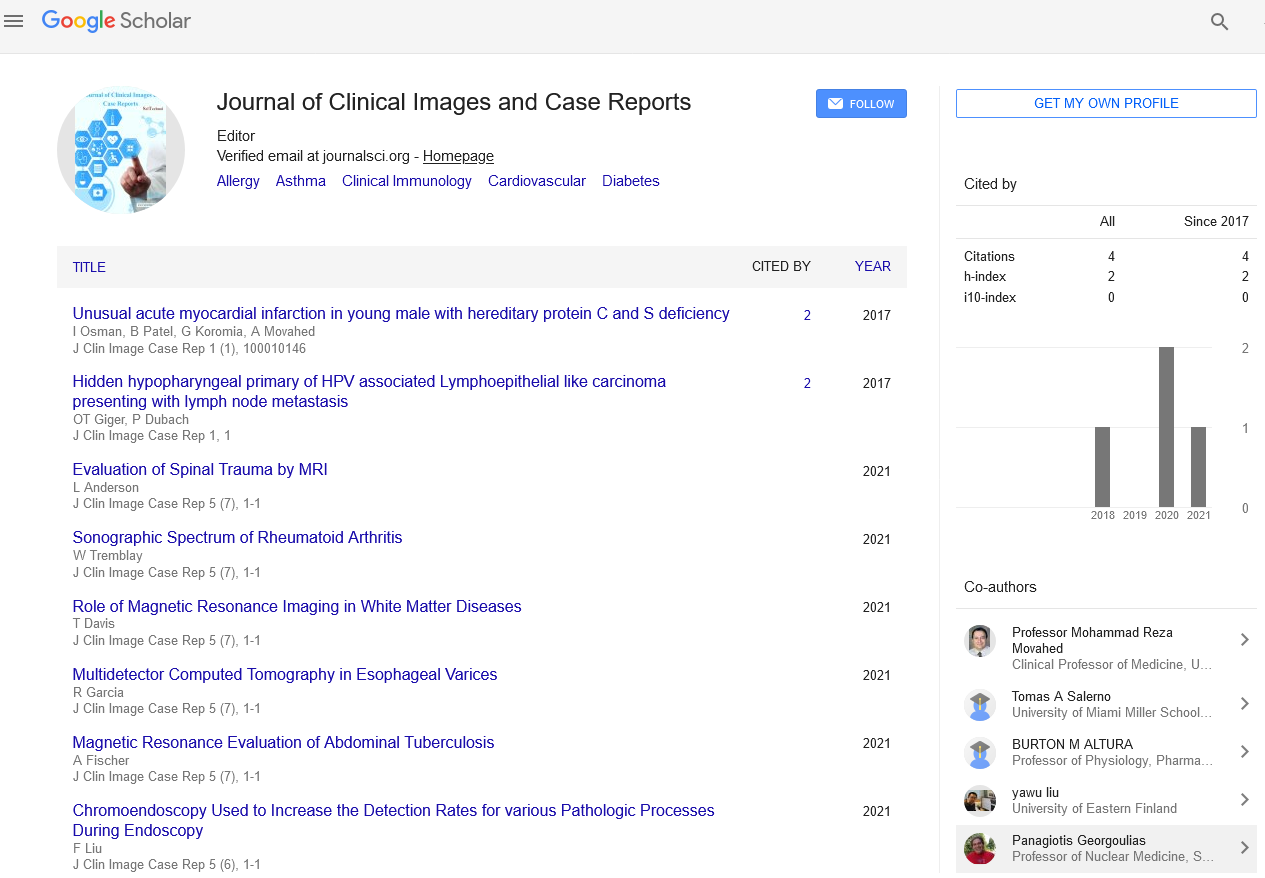Special Issue Article, Clinical Images And Case Reports Vol: 0 Issue: 0
Traveler’s diarrhea returning back to UK
Abstract
A 30-year-old woman presented with 2-week history of generalized abdominal pain, nausea, vomiting and 1-week history of high-grade fever and chills. Examination findings and initial investigations were unremarkable. CT abdomen was requested and grossly normal.
The patient had travelled to Pakistan and Dubai 4 weeks prior to these symptoms. On further clarification, she had attended to awedding and had salads and had 1 -week history of diarrhea in Pakistan for which she had taken Metronidazole and diarrhea had settled. Apart from that, her trip was unremarkable, no animal exposure, no flu symptoms or no high-risk behaviors. At this point, Enteric fever was highly suspected and further investigations including blood culture, stool MCS, parasitology and malaria film were sent. Blood culture later incubated Salmonella Paratyphi A. She was given IV Ceftriaxone after discussion with local microbiologist and subsequently discharged.
Discussion
Enteric fever is an invasive bacterial infection acquired through consumption of contaminated food or water.
Organisms responsible for enteric fever are Salmonella enterica serotypes Typhi (S. typhi) and Paratyphi A, B, and C.
It should be suspected in a febrile patient with gastrointestinal symptoms who has been to endemic area.
Classic manifestations include relative bradycardia and rose spots.
Culturing organisms continues to be the mainstay of clinical diagnostic testing.
MDR strains are prevalent worldwide and antibiotics choice should be discussed with microbiologist.
 Spanish
Spanish  Chinese
Chinese  Russian
Russian  German
German  French
French  Japanese
Japanese  Portuguese
Portuguese  Hindi
Hindi 